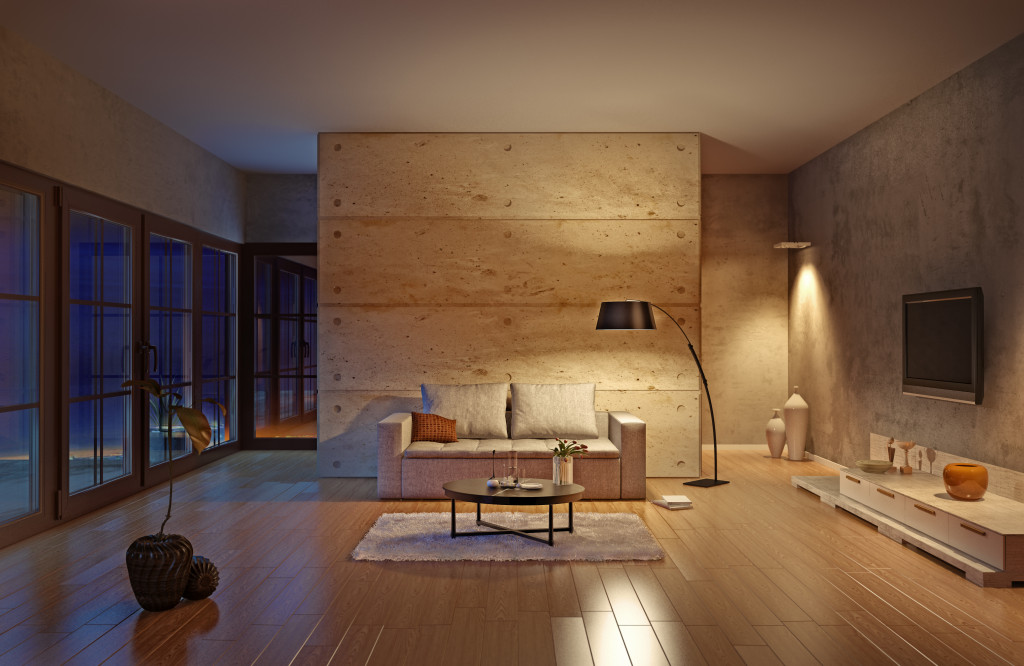With so much time spent in our homes during the pandemic, home improvements have become our way of killing time and boredom. Before the pandemic, homeowners don’t have a lot of time to clean their homes. Some even hire contractors and service providers to tackle repairs and home upgrades. These include landscaping professionals, electrical repairs, plumbing services, power pressure washing, and deck cleaning.
Having more time indoors inspired us to rethink our living spaces to accommodate the new normal. We want to ensure it’s clean and conducive enough for working, studying, working out, and entertaining guests. One way to do this is to incorporate the right decorations. Home decors are no longer optional in residential living. They play an important role in changing the mood, the aesthetic appeal, and the overall atmosphere of your home.
Home decors come in different types, shapes, textures, and sizes. With so many designs to choose from, most of us end up picking ones that don’t match the interiors of our home. This often happens to homeowners who rely on their own design skills instead of consulting a design professional. But if you’re keen to design your home by yourself, here are some mistakes you should avoid.
Buying the wrong size for the rug
A rug should not only blend with the design theme of your home; it should also fit the space you plan to use it. An oversized rug can make a space look overwhelming and make a room feel smaller. Otherwise, a small rug forces furniture to appear close together, making a room look unbalanced and create an impression of wasted space.
When buying a rug, always get the exact measures to avoid buying something too large or too small. A great tip is drawing mock outlines along the floor to visualize how the rug will look in the room.
Relying on open storage
Open shelving is the perfect place to display books, art, collectibles, or achievements. Although we want to maximize the extra space, putting all the items on a shelf will make it look overcrowded or cluttered.
When decorating a built-in shelf or bookcase, make sure not to occupy every inch of space with figurines, artwork, and books. Devote at least a few spaces in between items for a cleaner impression. Over time, you can alternate the displays according to what suits you.
Also, don’t use the open shelves to store cables, toys, electronics, movie tapes, and game consoles. These items belong in baskets, boxes, or cabinets to avoid a cluttered effect.

Too many pillows
There can never be enough pillows for a pillow addict. Throw pillows make great accents for the living room, but too many of them affect movement and comfort.
Have you ever been in a house with so many pillows on the sofa that you end up putting them on the floor instead? Pillows lose their purpose the moment you display too many of them. As much as possible, limit pillows to at least two by putting them on either end of the sofa.
Wrong color combinations
Homeowners have a habit of picking the paint color first instead of furniture pieces. We understand that picking colors is the most thrilling part of designing, but starting with your walls can lead to irreversible results. You’ll never know if the paint color you chose has an equivalent shade in furniture and decorative pieces. If this happens, you’ll have a hard time shopping for the right items to match the wall paint.
Begin by incorporating the pieces in the room, then choose the rights colors and decors to complement them. Picking the items first will help you adjust the right paint color and create a unifying theme.
Another common mistake is using a lot of colors. This approach can make any room look cluttered and overwhelming to the eye. A great tip is to start with neutral colors and combine them with one or two hues to achieve a more relaxed and cohesive look. Choosing natural colors for the rug, furnishings, and window coverings allows the space to breathe and look brighter, open, and spacious.
Placing furniture near the walls
Most people think pushing the furniture against the walls can make a room look spacious. In reality, putting furniture up against walls restricts the space, making it look less inviting and limits other layout options.
The best solution is to pull the furniture from the walls and place them at the center of the room. Floating furniture arrangements can make the room look and feel large since you can easily walk around it.
Anyone makes mistakes when decorating their homes, but it’s possible to preemptively prevent future errors if you know the basics of home design. With so many design ideas, it’s easy to go overboard in our living space. So, the next time you feel like decorating your home, make sure to avoid the mistakes above.

